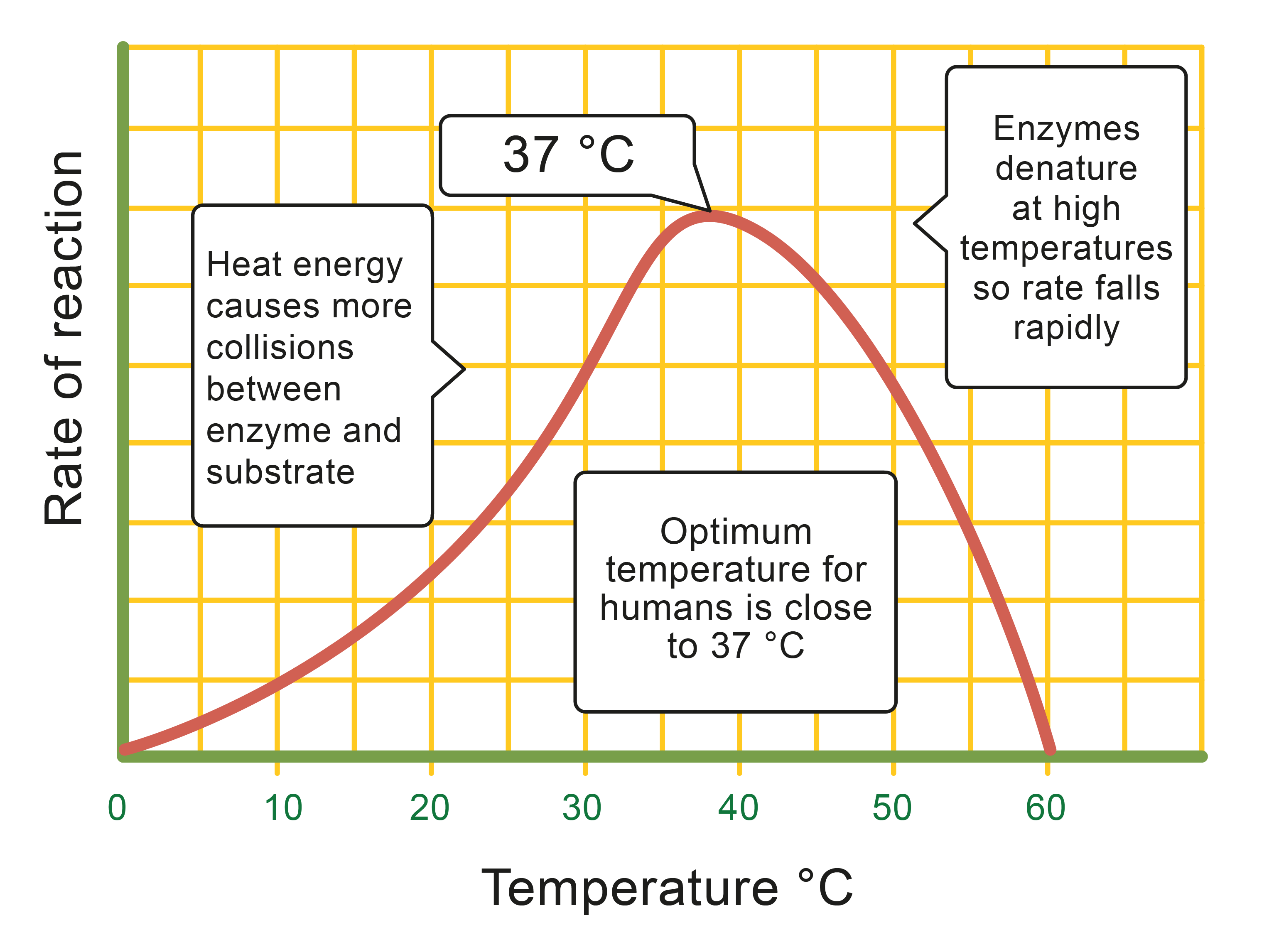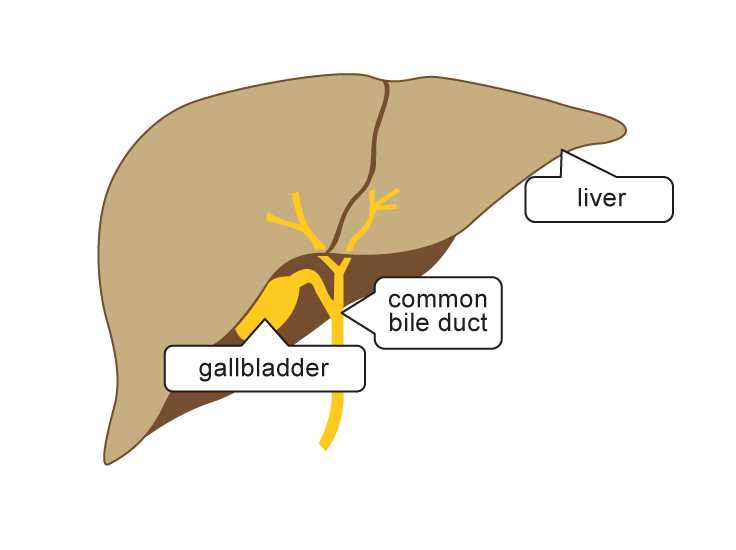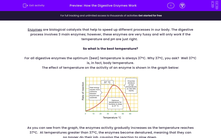Enzymes are biological catalysts that help to speed up different processes in our body. The digestive process involves three main enzymes. However, these enzymes are very fussy and will only work if the temperature and pH are just right.
So what is the best temperature?
For all digestive enzymes, the optimum (best) temperature is always 37°C. Why 37°C, you ask? Well 37°C is, in fact, body temperature.
The effect of temperature on the activity of an enzyme is shown in the graph below:

As you can see from the graph, the enzyme's activity gradually increases as the temperature reaches 37°C. At temperatures greater than 37°C, the enzymes become denatured, meaning that they can no longer do their job, causing the reaction to slow down.
What about pH?
The effect of pH on the activity of an enzyme varies depending on the enzyme in question:
Amylase - the enzyme used to break down starch into sugars, works best in acidic conditions which is why the mouth and stomach are the perfect places for amylase.
Protease - the enzyme used to break down protein into amino acids can work under both acidic and slightly alkaline conditions which is why it is broken down in both the stomach (acidic) and the small intestine (slightly alkaline).
Lipase - the enzyme used to break down fats into fatty acids, works best in alkaline conditions which is why it is broken down in the small intestine and not in the mouth or stomach.
The sharp change in pH between the acidic stomach and the slightly alkaline small intestine occurs thanks to the liver. The liver produces a substance called bile, which is stored in the gall bladder before being used to neutralise the stomach acid as it reaches the small intestine.

Let's try some questions on this now.








